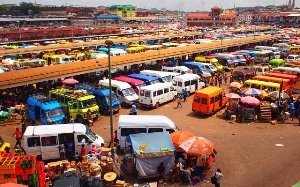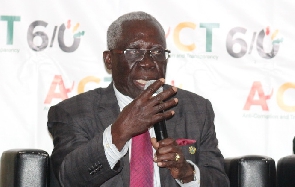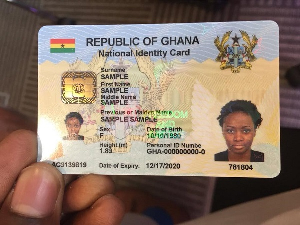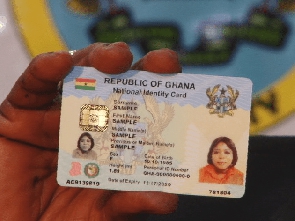 Dr Ernest Addison, BoG Governor
Dr Ernest Addison, BoG Governor
The Governor of the Bank of Ghana, Dr Ernest Addison, has said provisional data for the first quarter on the execution of the budget show a “widening of the deficit relative to what was observed for the same period in 2019”.
Announcing the maintenance of the policy rate at 14.5 per cent at the central bank’s monetary policy committee meeting on Friday, 15 May 2020, Dr Addison said: “As of the end of the first quarter, a deficit, equivalent to 3.4 per cent of GDP has been recorded compared with a deficit target of 1.9 per cent of GDP”.
The larger deficit, he said, “is explained by shortfalls in tax revenues — on the back of shortfalls in international trade taxes, taxes on goods and services and taxes on income and property in response to unfavourable external and domestic conditions — and higher pace of spending, which included some unbudgeted COVID-19 related expenditure”.
“The expanded deficit led to an increase in the debt stock to 59.3 per cent of GDP at the end of March 2020”, he told journalists.
Ghana’s total public debt increased by US$300 million in March 2020 to US$43.4 billion, the latest March 2020 Bank of Ghana Summary of Economic and Financial Data has revealed.
This debt is more than half the total size of the country's economy.
In cedi terms, the nation’s debt jumped from GHS228.4 billion in February 2020 to GHS236.1 billion in March 2020, about 59.3% of Gross Domestic Product.
The external debt component was US$22.9 billion (GHS124.8 billion), representing 31.4% of the total debt.
The domestic debt component was GHS111.3 billion, representing 28% of GDP.
In December 2016, Ghana’s debt was GHS122, representing about 62% of GDP.
This was based on the old economic value of the country.
However, at the end of September 2019, Ghana’s public debt had risen to about GHS208.6 billion, representing 60.3% of GDP due to the rebasing of the Ghanaian economy.
Comparatively, Ghana’s debt stood at GHS42 billion in 2012. In 2008, Ghana had borrowed only GHS9 billion.
Largely, the monies borrowed are used to repay maturing debts (interest and sometimes principal) with little going into infrastructural projects.
The International Monetary Fund and the World Bank had warned that Ghana faces a high risk of becoming a debt-distressed country.
But the COVID-19 pandemic may lead to some multilateral agencies writing-off some of Ghana’s debt.
Ghana's debt is projected to hit 63.3% of GDP in 2020 but will decline to 60.2% in 2021.
- Financial sector clean-up: 900 people dead, pay us by June 30 - GCFM customers to government
- Bank of Ghana governor denies calling NDC MPs hooligans
- Ghana to become top destination for fintech investments – BoG
- Here is why BoG suspended forex trading licences of GT Bank, FBN Bank
- Bank of Ghana, Development Bank Ghana to launch 3i Africa Summit in Accra
- Read all related articles












